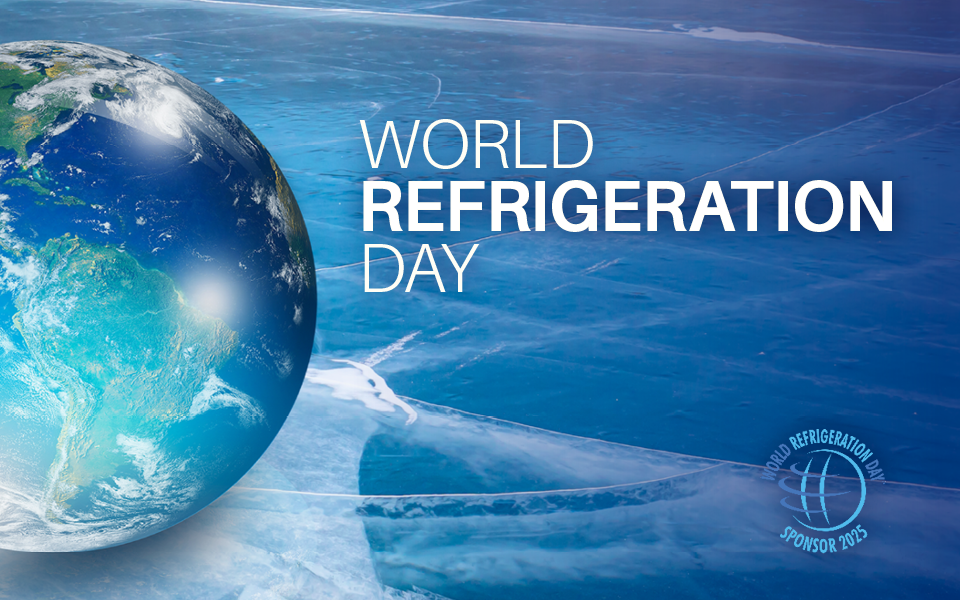*On June 1, 2023 Emerson’s Climate Technologies business became a new standalone company – Copeland. Though our name has changed, we are building on more than a century of HVACR innovation and industry leadership, and Copeland continues to offer the same products, industry stewardship, and learning opportunities you’ve grown to trust. Information found on this webpage posted before June 1, 2023 may contain our old name or branding, but you can be at ease knowing it was created with the knowledge and expertise of Copeland.
Welcome to our new series of blogs intended to help not just beginning service technicians, but anyone who wants to learn more about the basics of refrigeration. I plan to share insights, best practices and other information from our Emerson training program as well as from our commercial and residential solutions experts. In addition, we’ve created companion videos about each topic that you can cross-reference while accessing other related information at Education.Emerson.com.

What’s the difference between ODP and GWP?
A refrigerant’s environmental characteristics are determined largely by two factors: 1) its impact on the Earth’s ozone layer, or ozone depletion potential (ODP); and 2) its potential to produce greenhouse gas emissions, or global warming potential (GWP). Chlorine-containing ODP refrigerants have been banned for use, while high-GWP hydrofluorocarbon (HFC) refrigerants are currently the target of global regulations (i.e., the HFC phasedown). Today, refrigerant manufacturers are introducing a variety of lower-GWP refrigerant alternatives to help commercial and residential customers achieve a full spectrum of sustainability goals.
In the United States, federal and state regulations are accelerating the phasedown of the use of high-GWP refrigerants. Meanwhile, corporate sustainability objectives also are driving more companies to re-evaluate their choices of refrigerants and refrigeration systems.
What is refrigerant glide?
Refrigerants are often comprised of a blend of two or more constituents. These individual components’ different saturation temperatures can impact the refrigerant’s performance characteristics. Working with refrigerants with glide requires understanding the boiling point of each of its constituents:
-
- Bubble point, or lowest condensing temperature of a constituent
- Mean condensing temperature
- Dew point, or the highest condensing temperature of a constituent
The difference between the boiling points of the first and last constituents is referred to as glide. Essentially, the least volatile component condenses first, and each additional component of a refrigerant blend will start and end at different boiling points. The total temperature glide of a refrigerant blend is defined as the temperature difference between the saturated vapor temperature and the saturated liquid temperature at a constant pressure. An alternate definition is the temperature difference between the starting and ending temperatures of a refrigerant phase change within a system at a constant pressure.

The dew point occurs when the final constituent in a glide refrigerant reaches the boiling point or saturated suction temperature and enters the vapor side of the system. Service technicians use this temperature measurement to set up a refrigeration system and check that it’s operating properly. To accomplish this, technicians rely on a pressure-temperature (PT) chart that lists the relationship between pressures and temperatures for refrigerants. By changing the pressure of a refrigerant, a technician can:
-
- Set a coil pressure so that the chosen refrigerant produces the desired temperature
- Check the amount of superheat above the saturated vapor condition at the outlet of the evaporator
- Check the amount of subcooling below the saturated liquid condition at the end of the condenser
We’ll explore the concepts behind superheating and subcooling later in this blog series. For now, it’s enough to understand that the bubble is referring to the subcooling side of the system, and the dew point is referring to the superheat.
Each of these first three topics is also covered in our new video series. For a deeper dive into all our training content and access our other educational resources, visit Education.Emerson.com.

Celebrating World Refrigeration Day 2025
Electrical component considerations for A2L system safety Heating, ventilation, air conditioning...
A2L Refrigeration Overview — Systems, Safety and Servicing Considerations
*On June 1, 2023 Emerson’s Climate Technologies business became a new standalone company –...
Servicing the Next Generation of Lower-GWP Refrigerants
*On June 1, 2023 Emerson’s Climate Technologies business became a new standalone company –...
